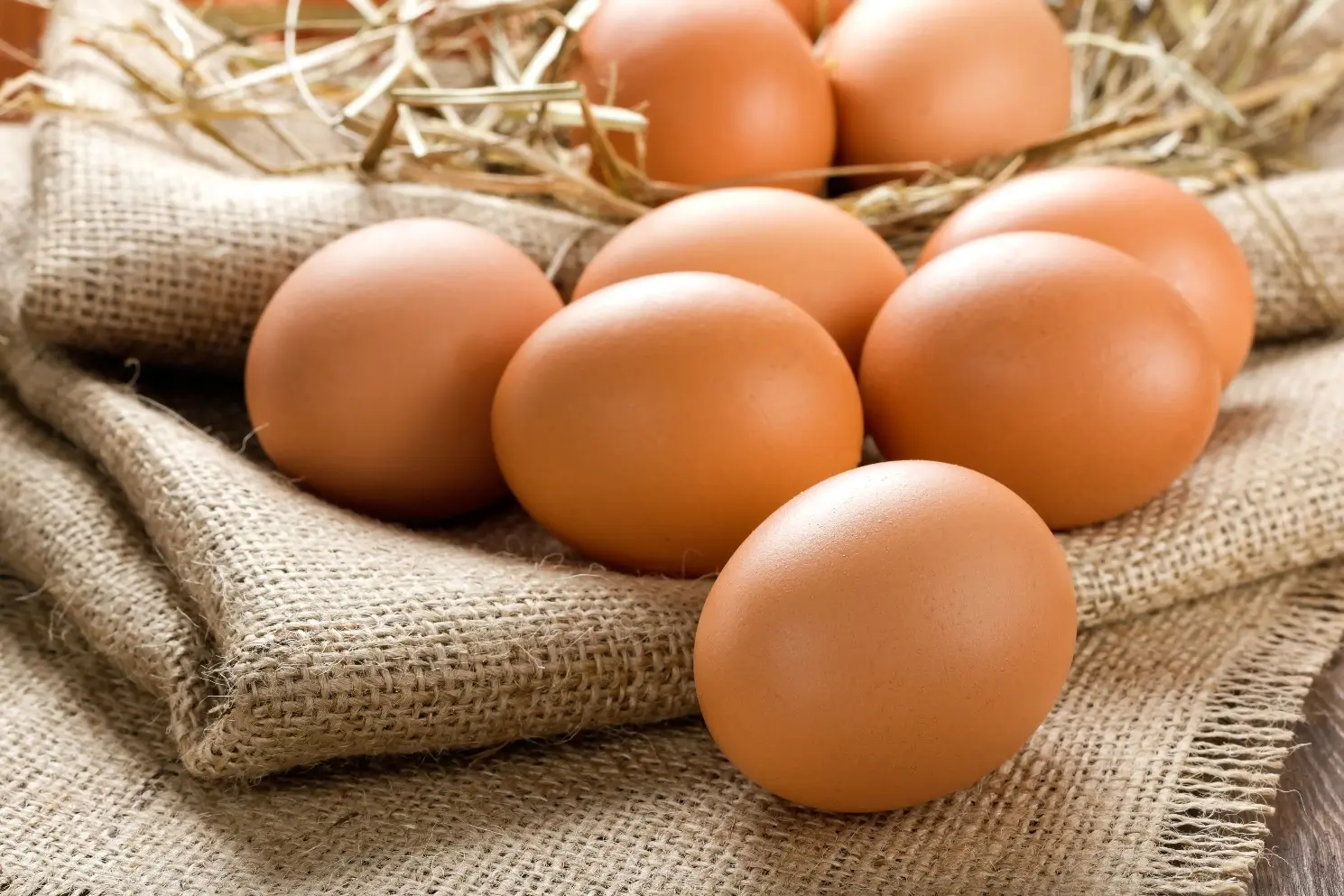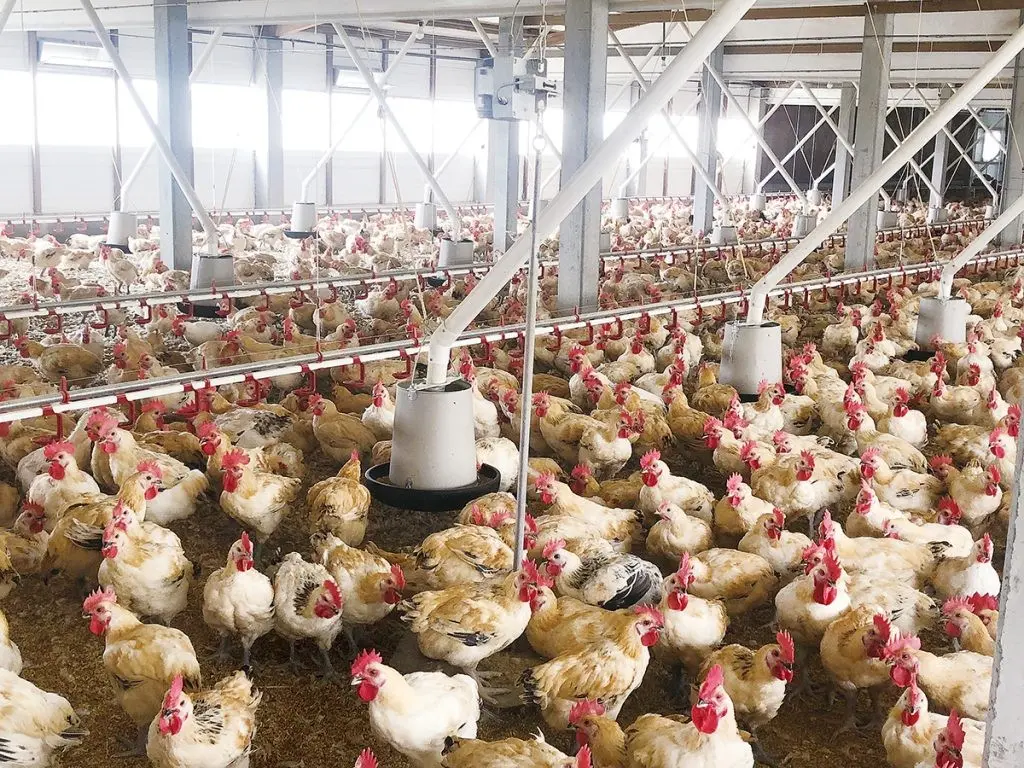Scientific Feeding and Management of Laying Hens: Key to High Egg Production
🥚 Scientific Feeding and Management of Laying Hens: Key to High Egg Production
The success of egg farming depends heavily on scientific feeding and management. Whether you’re raising a few hundred birds or operating a large-scale farm, understanding the physiological needs of laying hens at different stages is crucial for maximizing production and maintaining flock health.

🌡️ 1. Temperature & Humidity Management
- Chicks (0–3 days): Maintain a temperature of 33–35°C and humidity between 70–85%.
- Pullets & Layers: Ideal temperature is 18–23°C with humidity above 40%, preferably 50–60%.
A common issue in brooding is low humidity, especially in the first week. This is often due to low ground temperature, which prevents water from evaporating properly. Pre-warming the house 2 days before chicks arrive can help improve humidity levels and reduce chick stress.
During stressful events like vaccination or flock transfer, raising the house temperature by 2°C can ease stress responses.

🍽️ 2. Feeding Schedules
- Chicks: Feed 5–6 times daily.
- Pullets and Layers: Feed 3–4 times daily, with more feed offered before lights out. A typical ratio is 30% morning, 30% noon, 40% evening.
- Offer free drinking water at midnight (around 12:30 a.m.) for 30 minutes.
- Reduce feed intake before flock handling to lower stress.
🦠 3. Gut Health Management
Many farms use alkaline water, which promotes E. coli and Salmonella growth. To prevent this, allow hens to drink vinegar water (6–10 kg vinegar per ton of water) once a week.
Also, feed additives like SuZhuangDing (速壮丁) can protect intestinal linings, reduce ammonia, and improve digestion, leading to firmer droppings and better overall health.
💡 4. Lighting Program
- Brooding: First 3 days – 24h light; then reduce by 40 mins/day to reach 10h/day.
- At 18 weeks: Gradually increase light by 4 mins/day to reach 15 hours.
- At 50 weeks: Second light stimulation, add 3 mins/day to reach 15.5 hours.
- At 70 weeks: Third light increase to reach 16 hours, maintaining production.
📋 5. Identifying Low Producers
Track low-producing cages by assigning numbers to each row, group, or cage. If you raise 20,000 hens and the production rate is 90%, identifying and removing 5% low producers could save up to 80,000 kg of feed, equivalent to 80,000 RMB or more per cycle. Reward employees who excel at identifying underperforming birds.
🥇 Egg Production Management by Key Milestones
- 35 Days: Target weight and uniformity predict lifetime productivity.
- 80 Days: Ovary and oviduct begin developing; bacterial infections at this stage can affect peak production.
- At 5% Laying Rate: Support digestion and hormonal balance with SuZhuangDing and Triple VC.
- At 50% Laying Rate: Focus on oviduct care, reduce stress, and supplement nutrition.
- At 90% Laying Rate: Ensure full oviduct health, boost follicle growth, and enhance resistance to maintain the peak.
- At 85% Decline: Begin adding DanDuoHao (蛋多好) to nourish ovaries, repair tissues, and slow production drop.
💡 Consistent management, proactive health care, and tailored feeding are the cornerstones of a high-yield, long-lasting laying hen operation.
#EggFarming #PoultryManagement #LayingHens #LivestockCare #GutHealth #PoultryNutrition #FarmTips





